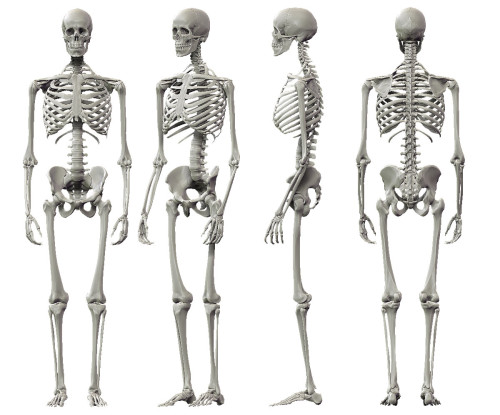Playing is Learning
The Human Skeletal System
November 24th, 2014
| Ads | ||
|
Play the Challenge
|
||
|
A New Word is Coined A new Character is revealed A new Game is Afoot |
An Edutainment Adventure Based on Three Rounds of Investigations
|
|
|
Welcome to the World of PROFESsee™by seeCOSM™ PROFESsee™ is my title. I am the perpetual learner, in pursuit of knowledge, wisdom and truth. I derived my name from professor |
 |
|
|
About the skeleton, what pops into mind? Your skeletons in the closet meaning if you are a man, the number of clandestine lovers you have behind you that you would never like your wife to find out about. If you are a woman, that abortion of long ago in the past or that baby that you gave out for adoption? Whatever it is, we are not talking about that here, but the actual human bone structure, just so you know how your body has been engineered. Let us find out together. At birth, you have all of 270 bones, perhaps more even, but with growth, some of the bones fuse and therefore you are left with 206 bones. To better understand how the skeleton of the humans is formed, it is divided into two sections and we will look at them here, but not in great detail, just so we make this one readable for every Tom, Dick, and Harry, or we might have you scampering for that anatomy book after ever so long. The first division is the axial skeleton that is comprised of the skull, the vertebral column and the ribcage. The second is the appendicular skeleton that is made of the limb bones, the pelvic gardle and the pectoral girdles. It can be easy to think that the female and male skeletons would be indistinguishable, but that is not right. They can be told apart by the dental indentation, the pelvic sizes and the overall sizes of the skeletons where the female one would be smaller. Your axial skeleton has all of 80 bones. The vertebrae column has 32 or even 34 depending on the size of the individual. The ribs come in 12 pairs enjoined to the sternum and then there is the skull, which they say has 22 bones and 7 more associated bones. On the other hand, the appendicle skeleton has 126 bones comprising of upper and lower limbs, pectoral ad pelvic girdles and so forth. These are mostly for motion and protection of internal organs. There, now you know the number of bones you carry. You can decide to bury everything under the soil, cremate or donate your cadaver to be used as a specimen in the anatomy lab, when you are no more. It is your skeleton, isn’t it? Can you assemble the skeleton? Image courtesy of: http://www.paradoja7.com/wp-content/uploads/2013/12/skeletal-system-without-labels.jpg |
||
Latest News / Events
E-mail [email protected]
The Professee™ Newsletter Beta
http://www.seecosm.com/
http://www.seecosm.com/

